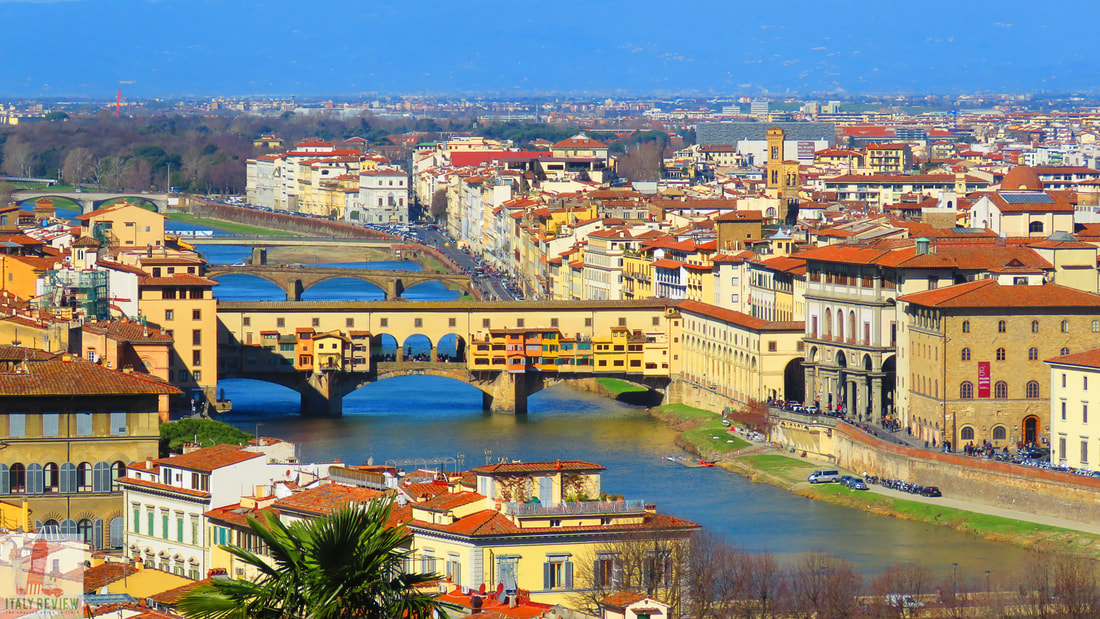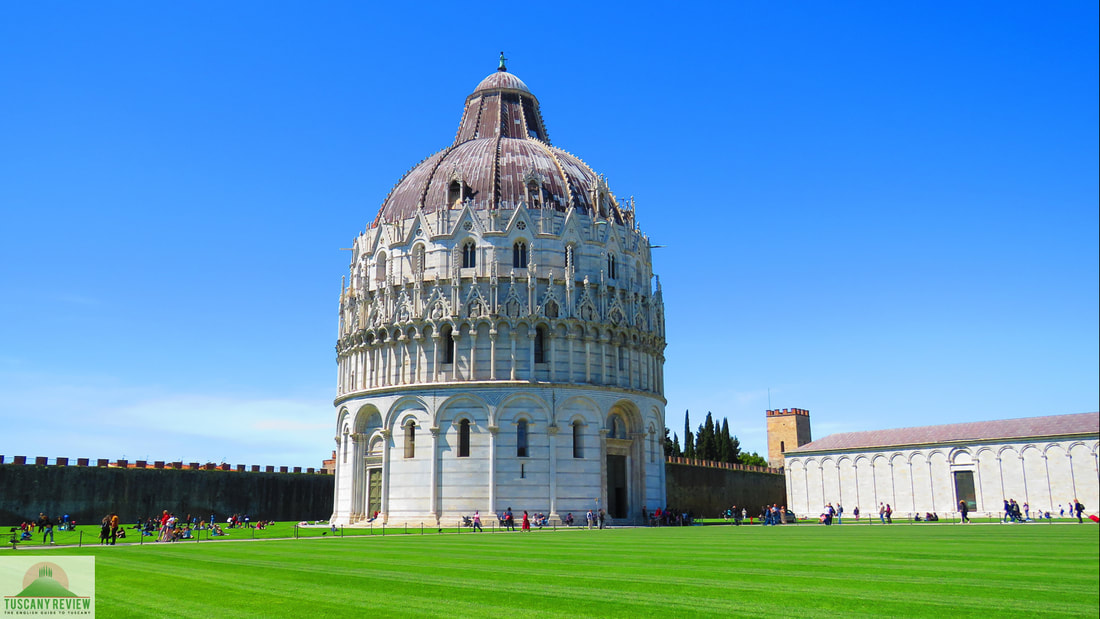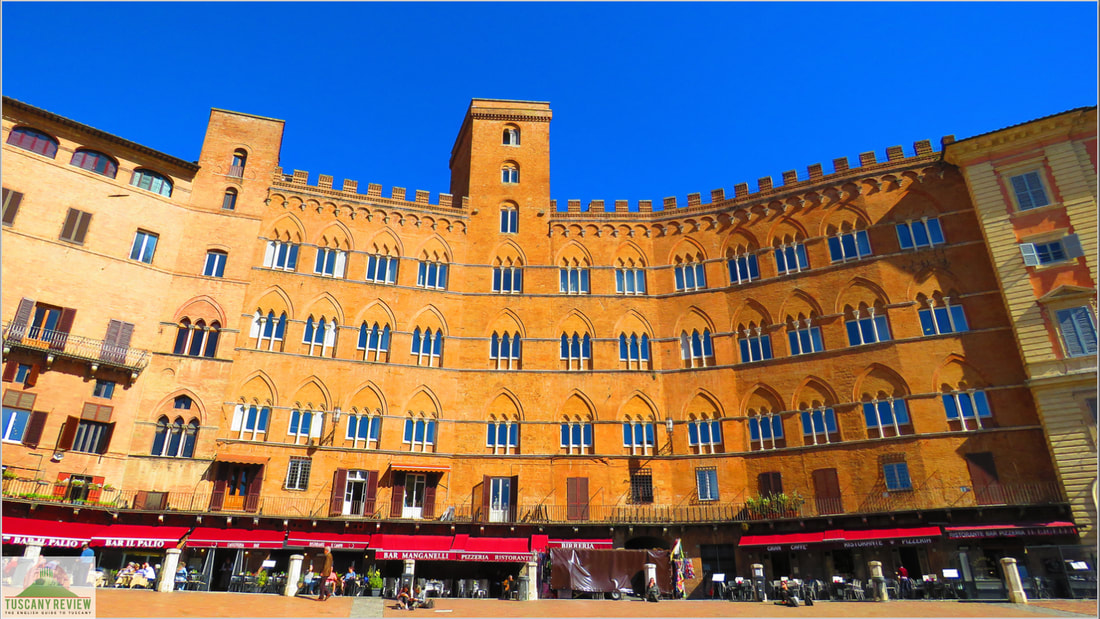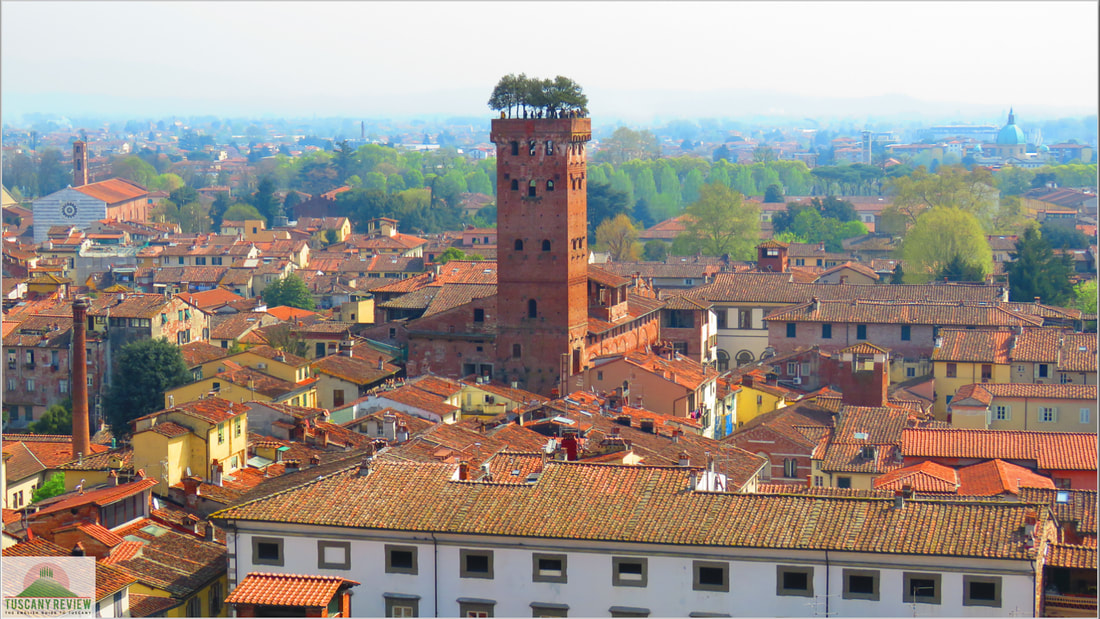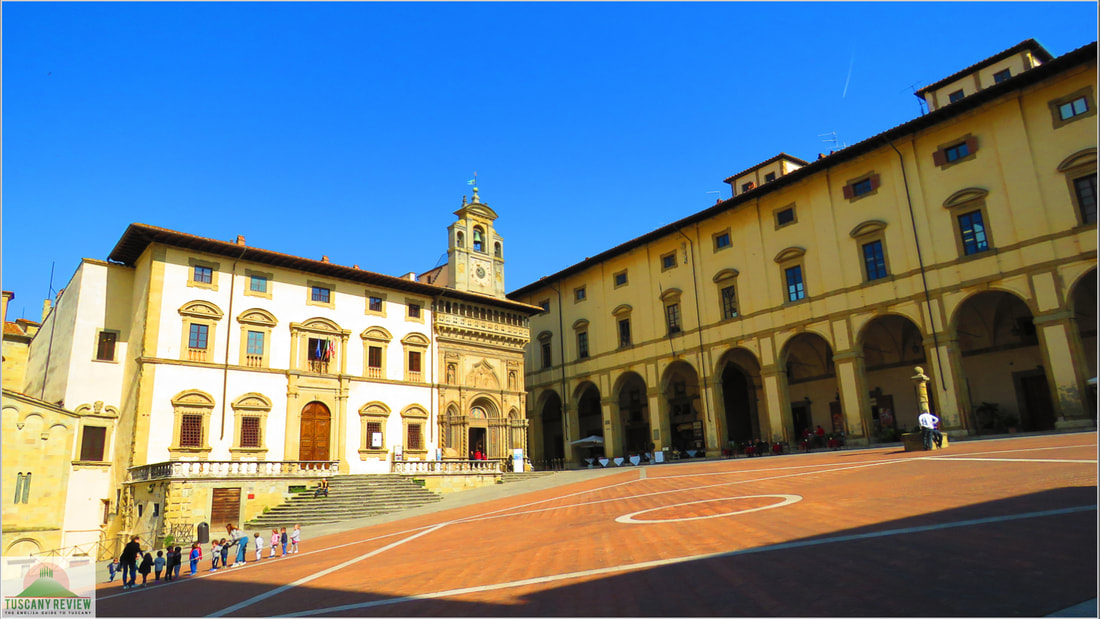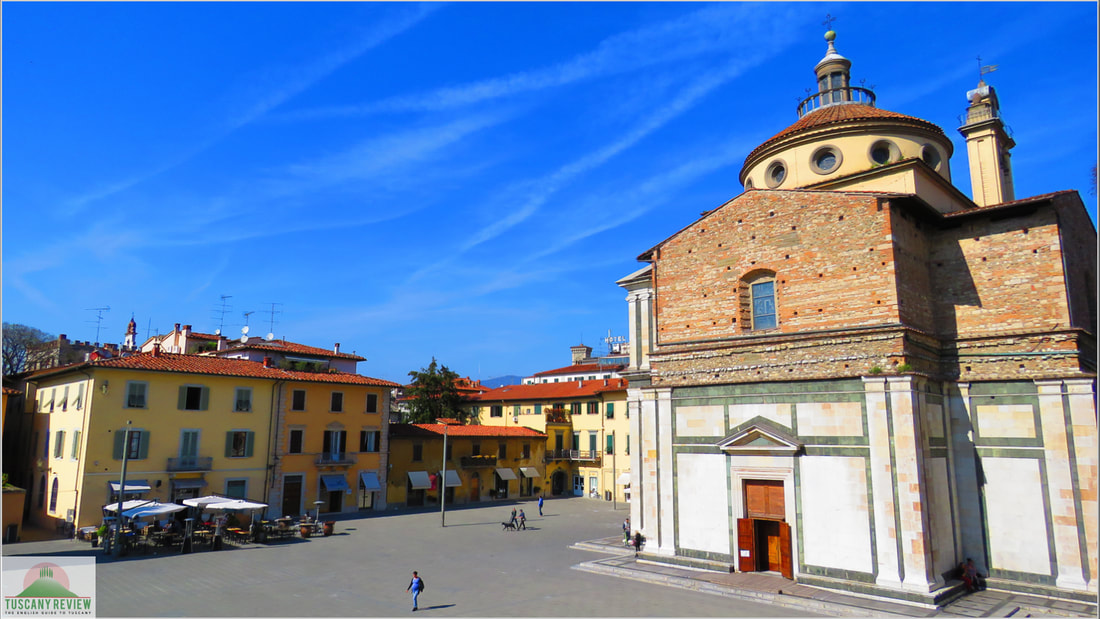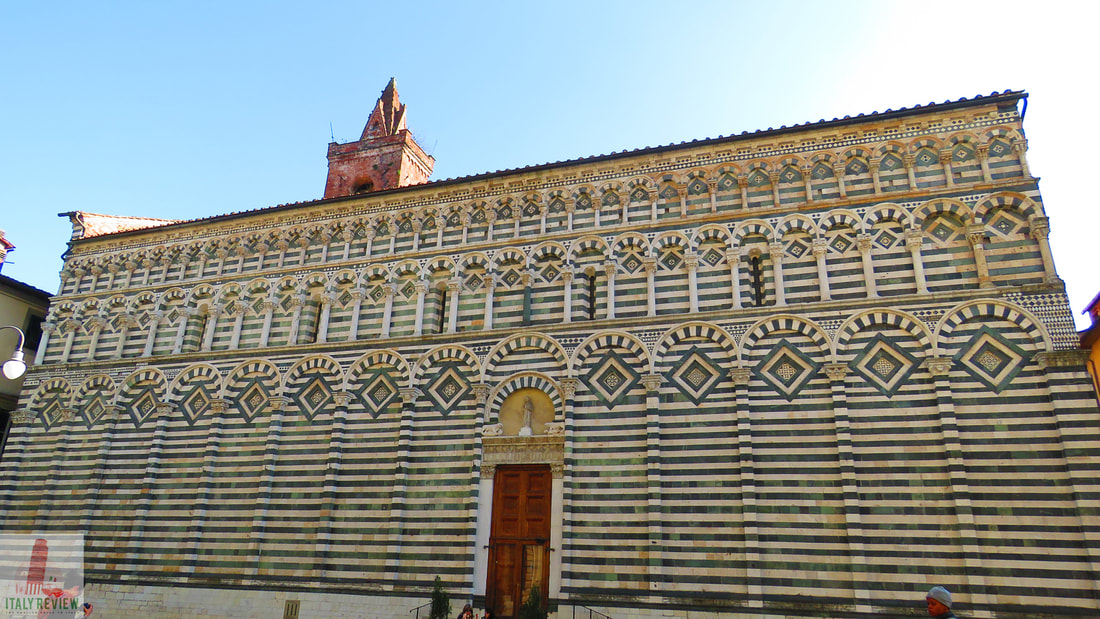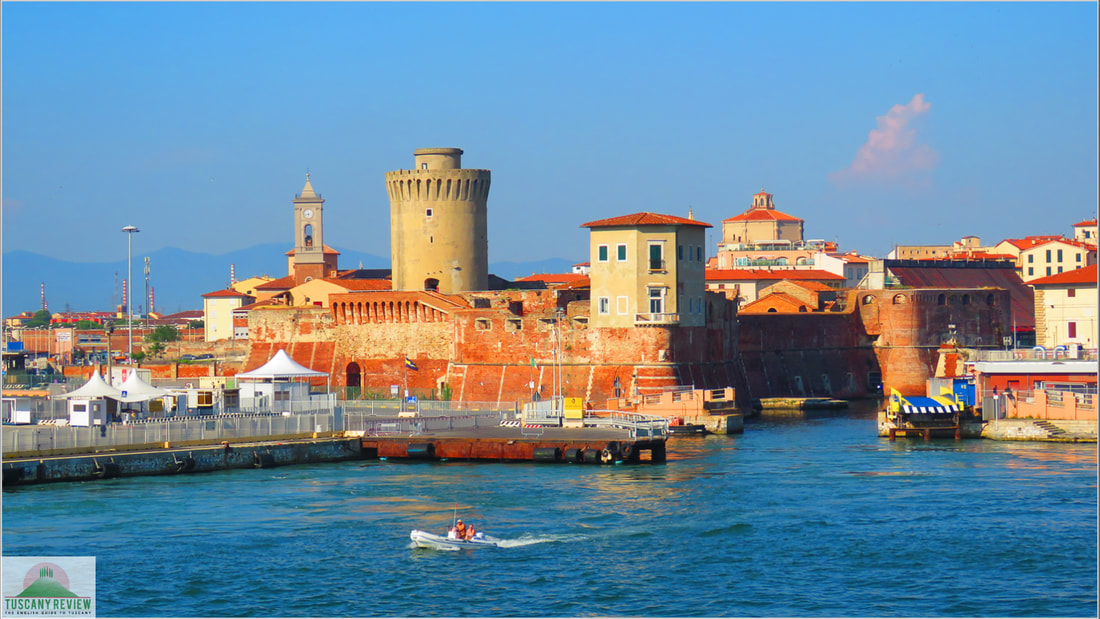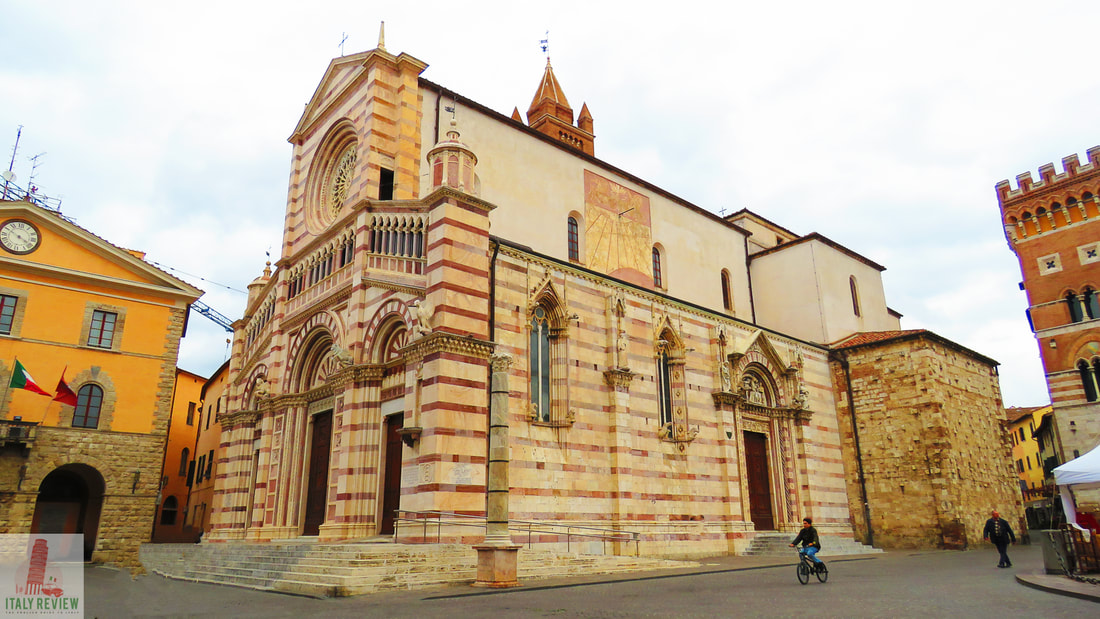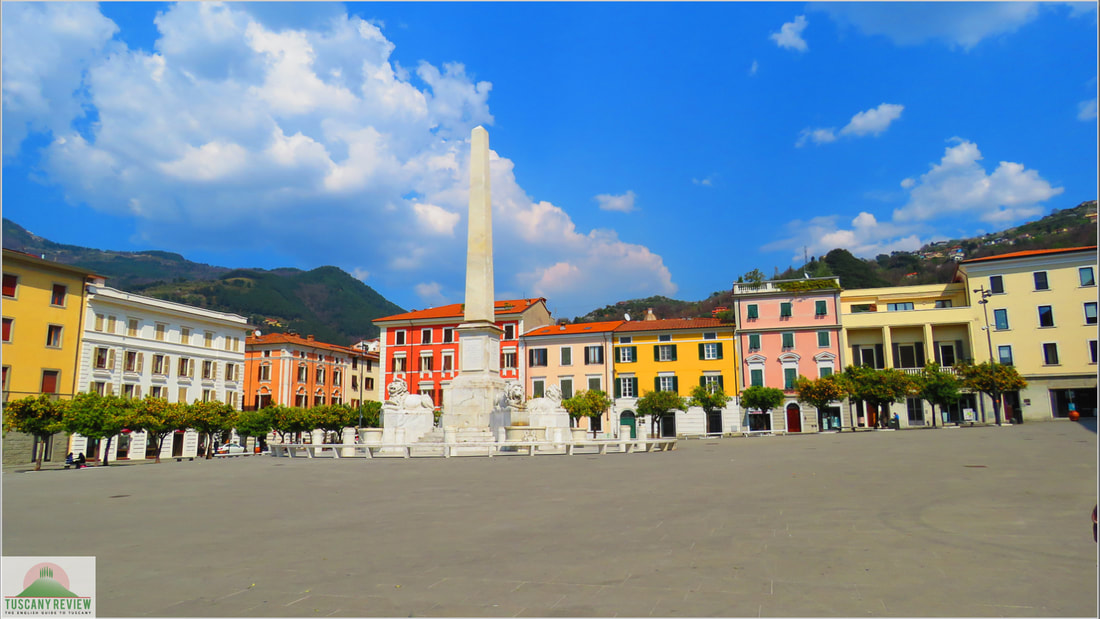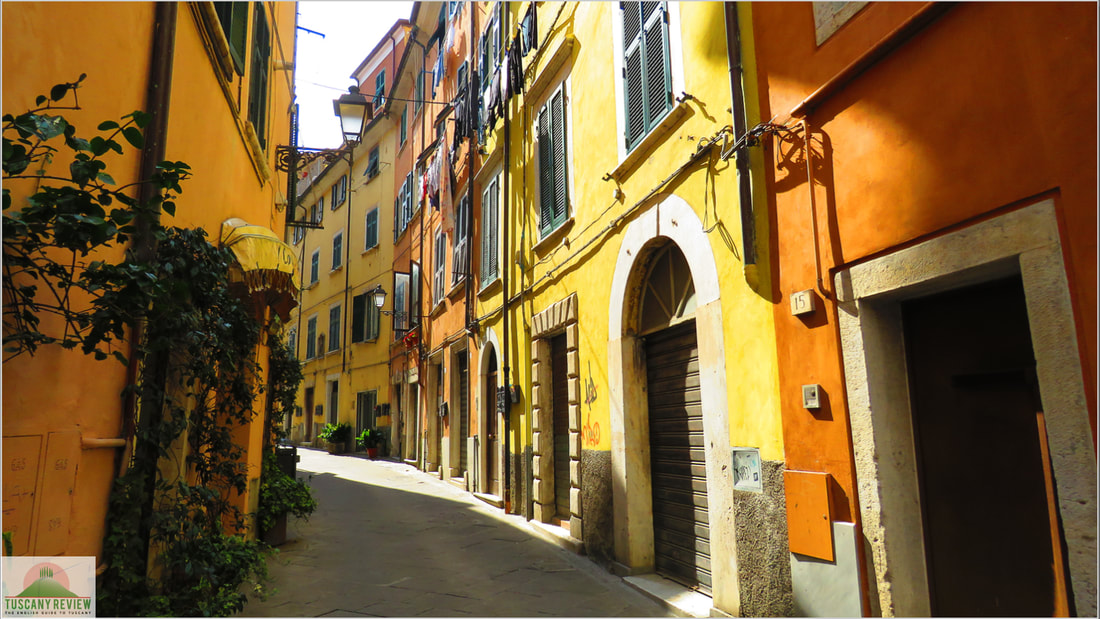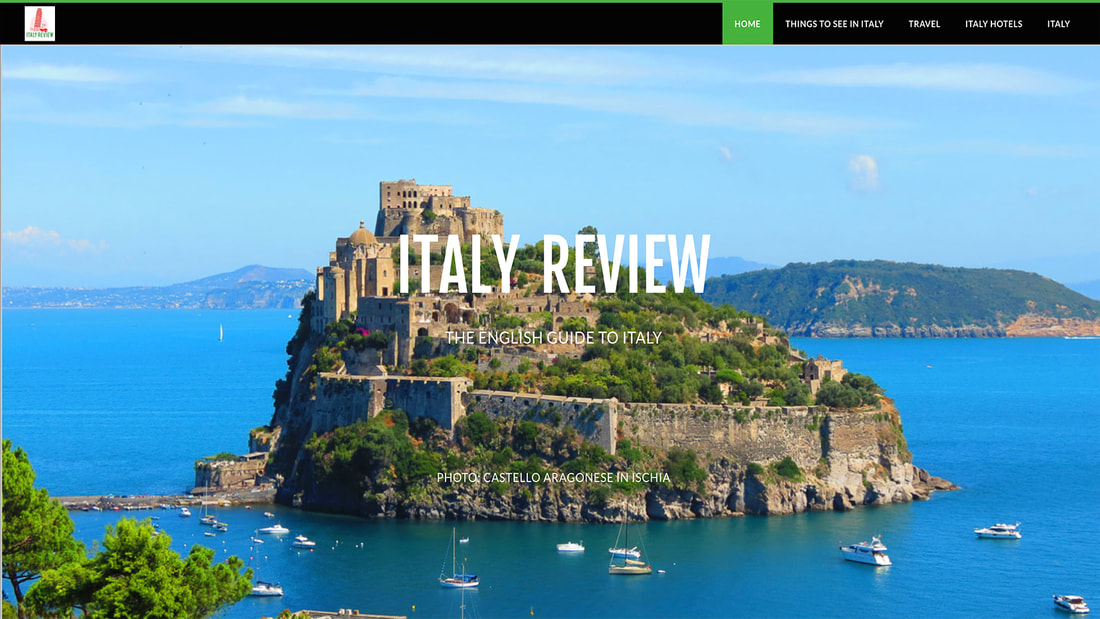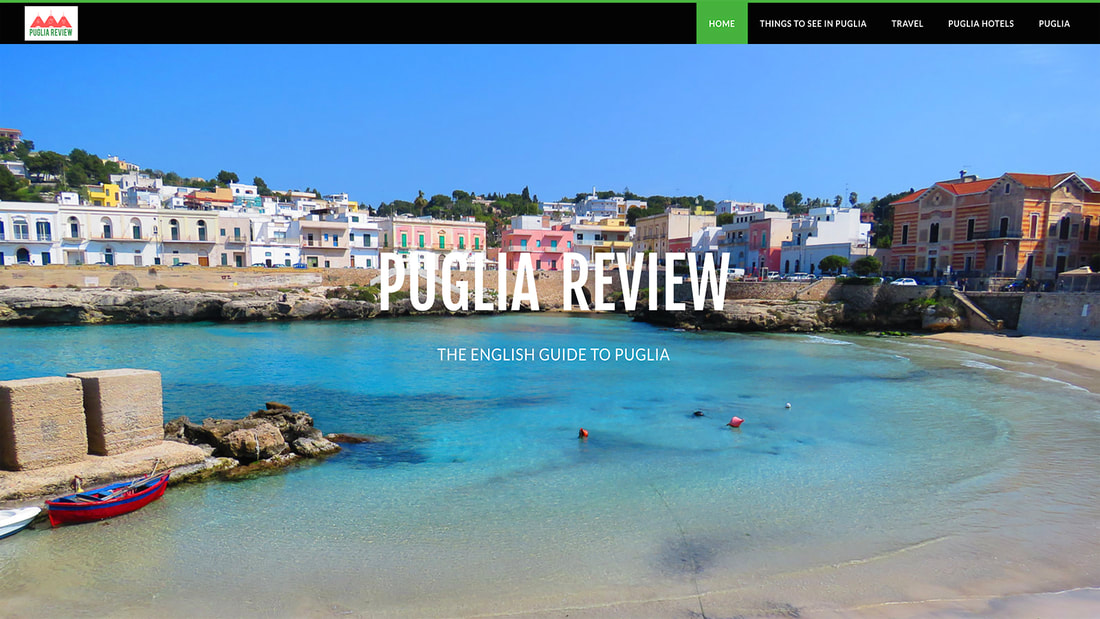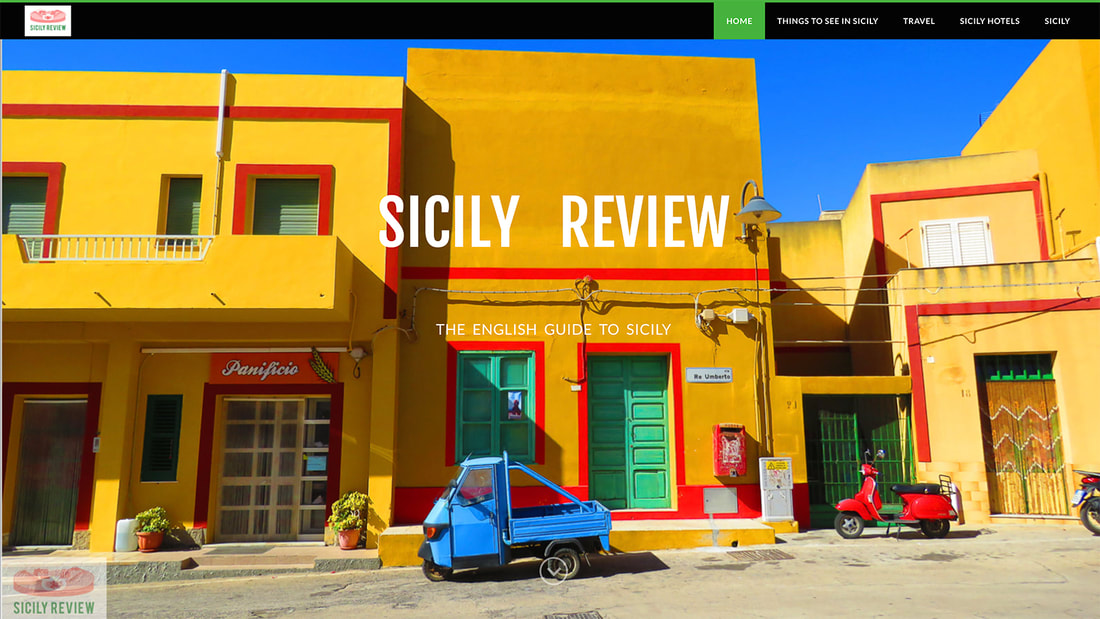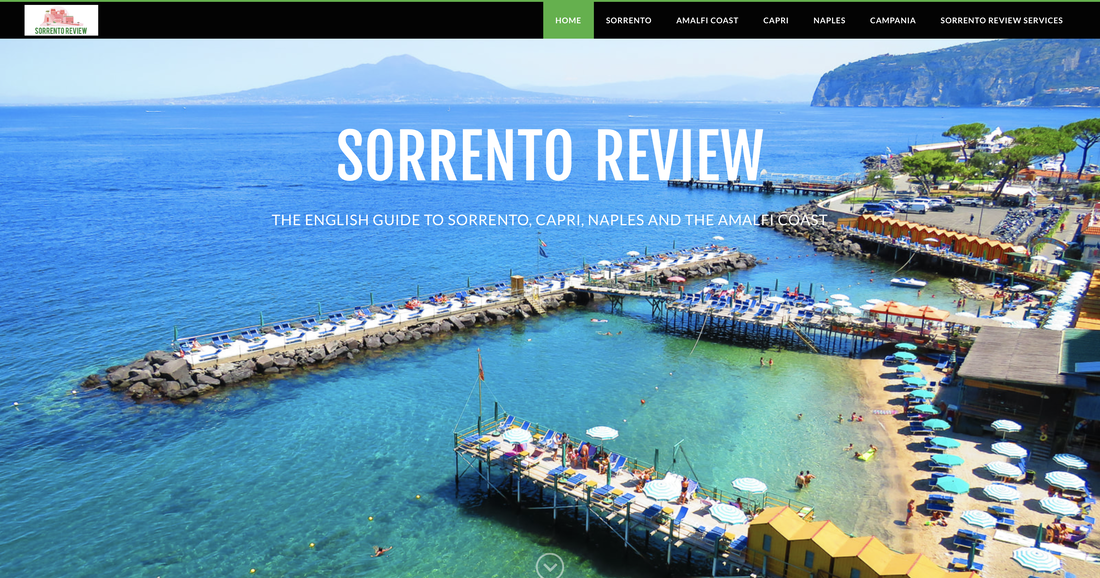Cities of Tuscany
|
Latest update: 18 February 2024
|
By Dion Protani
|
|
The main cities of Tuscany are headed up by the city of Florence which is also the regional capital. The Tuscany region is divided up into ten provinces with each of the provinces named after the major city within it; Florence for example is the capital of the Metropolitan City of Florence province.
In terms of tourist popularity, the next city on the list is Pisa while running it close is beautiful Siena that nevertheless has a very small population for a city. The illustrious list of Tuscan cities continues with the walled city of Lucca, followed by Arezzo with its famous sloping square called Piazza Grande. |
The historic towns of Prato and Pistoia are just a short distance north-west of Florence but both provinces in their own right. Livorno on the Ligurian Sea is the main commercial port of Tuscany while the southernmost provincial capital is Grosseto. Completing the list and at the opposite end of the region is Massa which lies close to the border with Liguria.
Related links
Top Ten Cities and Towns in Tuscany by Population
Source: ISTAT (2021)
1. Florence - 359,755
2. Prato - 193,568
3. Livorno - 156,031
4. Arezzo - 97,842
5. Pistoia - 90,479
6. Pisa - 89,155
7. Lucca - 88,822
8. Grosseto - 81,621
9. Massa - 66,886
10. Carrara - 60,685
2. Prato - 193,568
3. Livorno - 156,031
4. Arezzo - 97,842
5. Pistoia - 90,479
6. Pisa - 89,155
7. Lucca - 88,822
8. Grosseto - 81,621
9. Massa - 66,886
10. Carrara - 60,685

